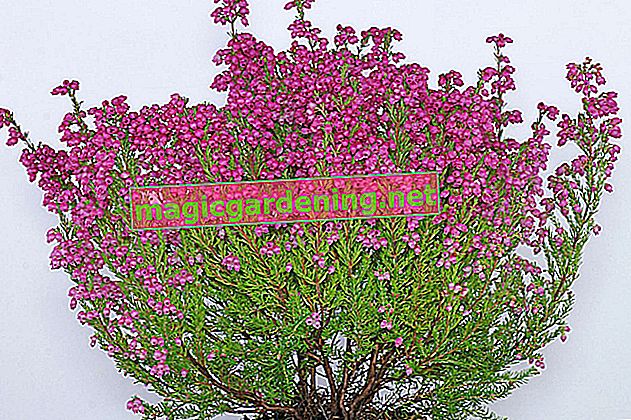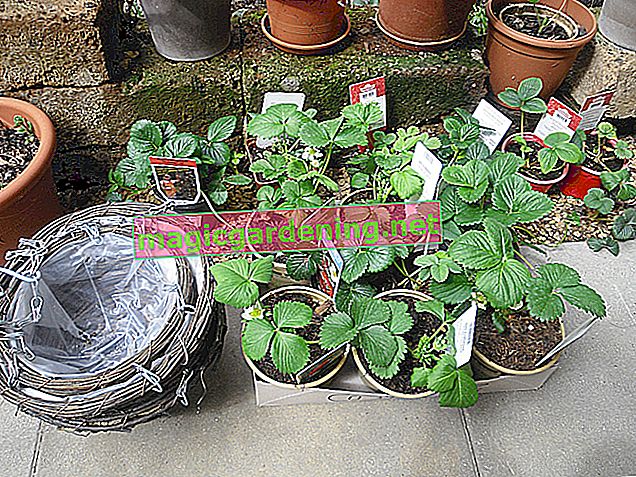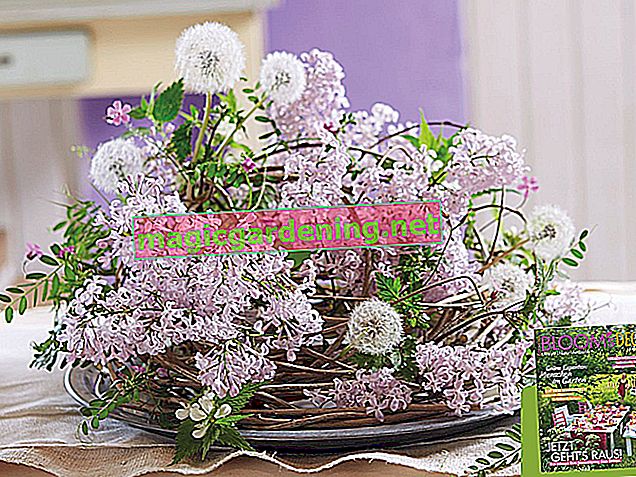
Like the Cape heather from South Africa, the Irish bell heather belongs to the heather family (bot. Ericaceae). These plants differ little in terms of care, but they differ in their appearance and frost tolerance. The Daboecia cantabrica can withstand light frost to just below freezing point.
also read
- Is the bell heather hardy?
- When does the bell heather bloom?
- How to care for your bell heather - tips and tricks
Do I have to overwinter my Irish bell heather?
Irish bell heather is not too expensive in trade. For many garden owners the question arises whether it is even necessary to overwinter, or whether it is not cheaper to simply buy a new plant next year.
You can only answer this question yourself. If the temperatures drop just below freezing in your area, wintering does not involve a lot of work. If you have suitable winter quarters, wintering is also worthwhile.
How do I care for my Irish bell heather in winter?
The Irish bell heather is also an ornament in the garden during winter. However, as an evergreen plant, it needs regular water. If it is outside, you should water the Daboecia cantabrica on frost-free days, otherwise it will die of thirst. This risk is often greater than that of freezing in a mild region. However, the irrigation water should be low in lime. Irish bell heather does not need any fertilizer.
If you live in a rough area, then bring your Irish bell heather to suitable winter quarters. If possible, this should be frost-free, this makes it easier for you to care for it. Temperatures of around 5 ° C are ideal, for example in an unheated winter garden or greenhouse. It should also be light to slightly shady there. Irish bell heather does not like darkness.
The most important winter tips in brief:
- conditionally hardy
- if possible, overwinter frost-free
- choose light but cool winter quarters
- pour little
- do not fertilize at all
Tips
You should only overwinter your Irish bell heather outside in a correspondingly mild area, otherwise frost-free overwintering in a bright winter garden or in a greenhouse is recommended.








